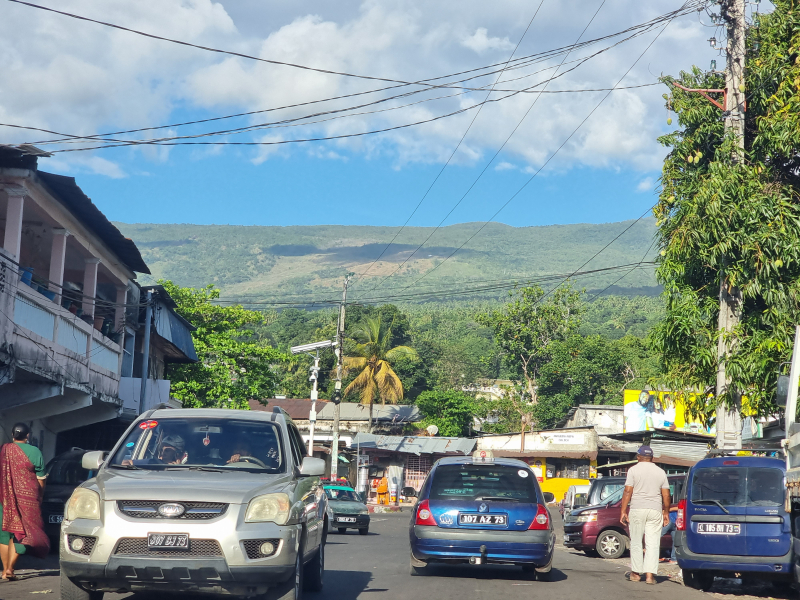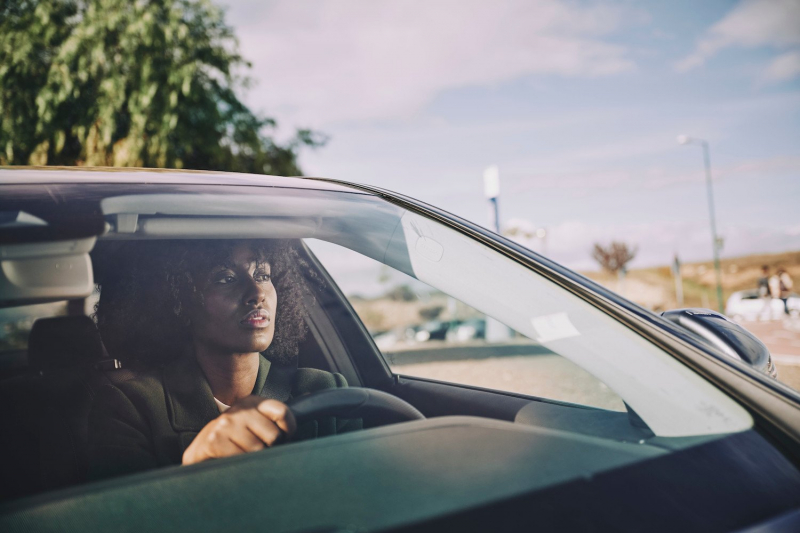Driving Etiquette
In Comoros, locals usually use automatic and manual cars. Each type of car has its advantages, automatic cars are easier to use and significantly reduce the risk of stalling, while manual transmission vehicles are cheaper to maintain and have better fuel efficiency and better control.
The speed limits vary depending on the type of road you are driving on—most of the country's specific speed limits are by road hierarchy. When driving on urban roads, the maximum speed limit is 30 km/h, but if you are in the city, the maximum speed limit is 60 km/h. If you're on a highway or freeway, you can drive up to 120 km/h. It is essential to stick with the set speed limit to have a quicker response in a dangerous situation and have ample time to stop.
Every intersection poses dangers to all road users - to motorists, pedestrians, and cyclists. Crossings in Comoros have become the place of severe collisions due to various factors such as a large amount of traffic converging in one area. As a driver, you need to follow the right directions and also slow down at intersections. Check traffic signs and different pavement markings.
You may wonder whether driving in Comoros is on the right or the left side of the road. For most British colonies, driving is on the left side of the road. However, driving in the Comoros Islands is on the right of the road, just like most Asian countries such as the Philippines and Vietnam. So, do not be confused if you are driving on the left side of your home country’s road.











